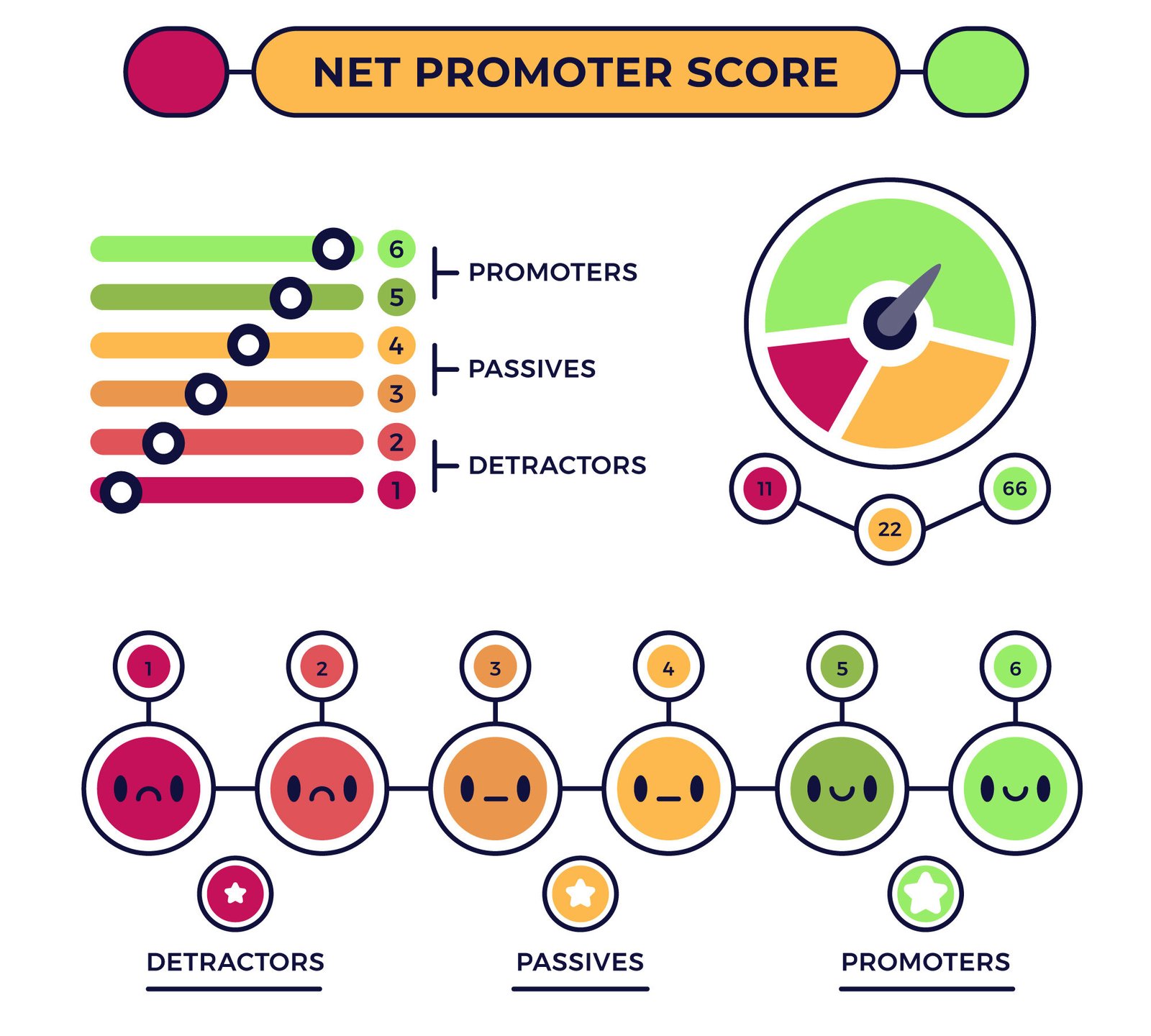Successful businesses use their holiday performance data to guide future strategies. About 45% of SMEs start their holiday planning in Q2 or earlier. This early preparation proves crucial. Companies should review their holiday campaigns and pay close attention to customer engagement patterns and sales trends.

How to Master Planning for Next Year: Start 2025 Strong After the Holidays
Published by abraham • December 30, 2024
Businesses often lose their momentum after the holidays. January can be tough for growth and productivity. The post-holiday period gives companies a great chance to plan for the year ahead.
Smart business planning needs more than yearly goal-setting. Companies need a clear approach to turn their holiday success into steady growth through 2025. The new year planning works best when leaders take their year-end lessons and mix them with future-focused strategies. This creates a clear path for the coming months.
This complete guide helps business leaders build a practical plan to take their company from the holiday season into a strong and profitable 2025. Leaders will find simple steps to create 90-day action plans, set up review systems, and design growth strategies that deliver real results.
Holiday season data are a great way to get insights that shape winning business strategies for the upcoming year. Recent studies show 48% of businesses anticipate higher year-over-year holiday sales. These numbers create strong foundations for 2025 planning.

Companies require clever strategies to transform seasonal buyers into devoted patrons. A 5% rise in keeping customers can increase earnings by 25% to 95%.
Here are some proven retention strategies:
Personalized thank-you emails achieve 42% open rates with 10% conversion
Smart loyalty programs reward customers who buy again
Existing customers get early access to new deals
A complete year-end business review helps accelerate future growth. Business leaders should review their goals, wins, and challenges to build solid strategies for the coming year. This process helps identify successful tactics for 2025 while spotting areas that need work.
Success goes beyond just sales numbers—it’s about building lasting customer relationships. The numbers tell an interesting story: repeat customers have a 60-70% chance of buying again, while new customers show 54% likelihood after a second visit. Organizations that use these insights in their new year business planning can keep the momentum going long after the holiday rush ends.
A well-laid-out 90-day action plan is the life-blood of successful business planning for next year. Companies that use 90-day planning cycles achieve their goals more often. This timeframe strikes the perfect balance between short-term action and long-term vision.
Smart businesses analyze their holiday performance data and set clear first-quarter priorities early. Companies that start planning ahead show significantly better results. Their main goal should focus on creating specific, measurable objectives that line up with broader strategic goals.
Early wins build momentum and boost team confidence when the new year begins. Research shows that success in the first 30-90 days substantially affects long-term achievement rates. Successful companies typically concentrate on:
- Implementing time-sensitive offers that drive immediate results
- Creating targeted follow-up campaigns for holiday customers
- Establishing clear performance metrics for team members
- Setting realistic revenue targets for Q1

Successful new year business planning needs clear milestones to track progress. Companies that break their quarterly goals into monthly stepping stones get better results. Business leaders should set specific success criteria with both financial and operational metrics.
These strategic planning elements create a reliable framework for success. Companies that review their milestones weekly are 3x more likely to hit their Q1 targets. Regular monitoring and adjustments help organizations stay focused on their goals.
Successful business planning for next year relies on systematic review systems to be successful. Companies with organized review systems are much more likely to achieve their strategic aims. QBRs (quarterly business reviews) furthermore strengthen the bond between businesses and their stakeholders.
Clear performance indicators power successful new year business planning. Studies show that only 50% of employees have a strong grasp of their work expectations. Organizations should establish:
- Financial performance metrics
- Customer satisfaction indicators
- Operational efficiency measures
- Team productivity measures
The organization needs regular review schedules to keep momentum throughout the year. Companies that conduct quarterly business reviews build stronger customer relationships and deliver better value. These reviews let teams check their progress systematically. About 57% of employees point out the disconnect between leadership and staff views on performance management success.
A reliable accountability framework turns strategic initiatives into results. Organizations with clear ownership structures achieve their objectives more often. The framework must define specific roles and responsibilities. Research proves that QBRs with a clear structure and strategy produce the best outcomes.
Companies should schedule regular check-in meetings to discuss progress and challenges for effective business planning strategies. This methodical approach helps teams stay focused on their strategic goals and make timely adjustments. Research shows that companies with weekly milestone reviews have a substantially higher success rate and better strategic alignment.
A well-laid-out growth roadmap that arranges long-term objectives is essential to business planning for next year. Research shows that only 25% of companies achieve eco-friendly growth over time. These companies generate seven percentage points more annual shareholder returns than their peers.

New year business planning success starts with clear financial targets. Companies that build financial models on solid assumptions are more likely to achieve long-term success. Organizations should:
- Develop realistic revenue projections
- Set measurable quarterly milestones
- Create flexible financial models that adapt to market changes
- Establish clear performance measures
Strategic investment planning is a vital component of business planning strategies. Studies show that carefully crafted financial models provide a stable compass for growth. Companies must ensure their strategy adds value to all stakeholders. This means evaluating market entry approaches, assessing risk profiles, and developing clear exit strategies.
Businesses need expandable processes that adapt to increasing demands to grow sustainably. Research shows that 80% of growth comes from maximizing core business value. The core team should build functional capabilities in marketing, digital operations, and breakthroughs. Companies that use proper stage gates for investments and stay flexible in execution show higher success rates in achieving their growth objectives.
A successful new year business strategy needs regular monitoring of both leading and lagging metrics to track progress towards goals. Organizations that get their full team involved in transformation efforts are eight times more likely to succeed. Those with more than 20% of employees in transformation initiatives see nearly twice the excess shareholder return.
Business planning just needs careful attention to both immediate actions and long-term vision. Companies can position themselves for success throughout 2025. They achieve this by combining holiday season insights with well-laid-out 90-day plans, reliable review systems, and clear growth roadmaps. Evidence-based results show these detailed approaches lead to environmentally responsible growth with measurable results in all business areas.
Successful planning goes beyond setting annual targets for smart organizations. Businesses create a strong foundation needed for consistent growth through systematic performance reviews, accountability frameworks, and flexible processes. Better financial outcomes, improved customer retention, and stronger team alignment often result from implementing these strategies.
Organizations that begin their 2025 planning early will set themselves up for long-term success. Their planning should include holiday season data and clear quarterly objectives. Companies can maintain momentum and achieve their growth targets throughout the year. Regular progress monitoring and strategy adjustments help make this possible.